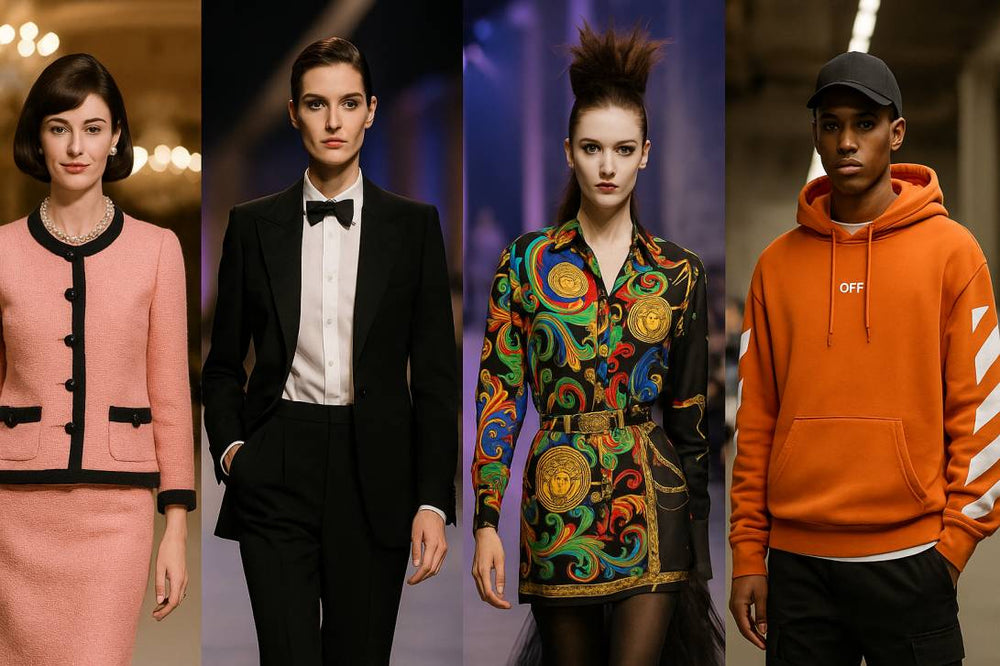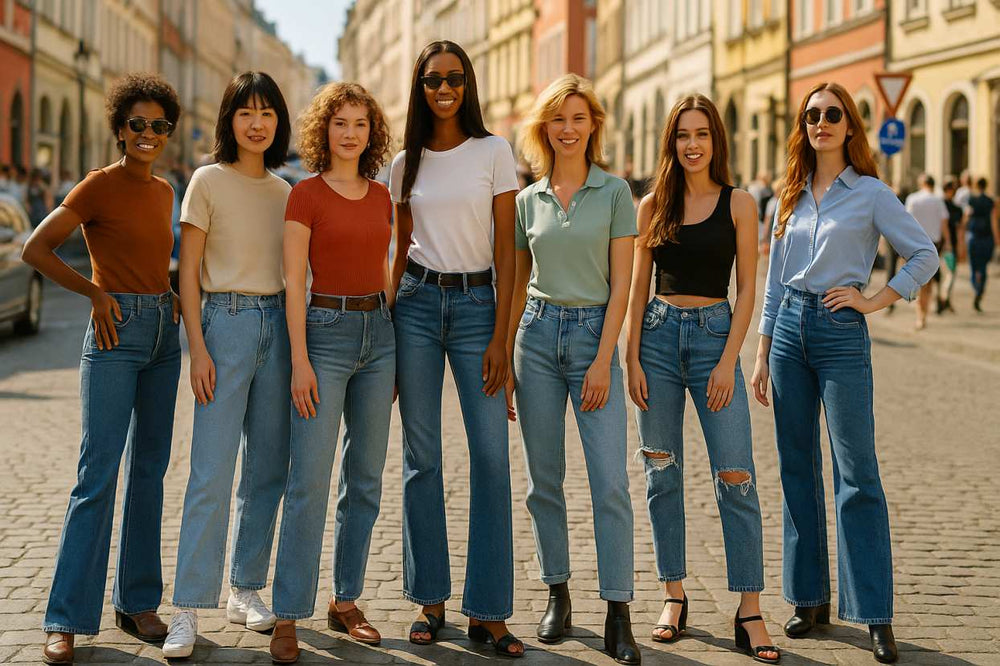
Skin, Fabric, and Meaning: Why Our Look Influences Confidence, Status, and the Stories Brands Tell
We notice our reflection before the world does—and yet clothing and grooming set a mental “starting point”. This baseline shapes the way we hold ourselves, breathe, and speak. The exterior is an interface: a visible summary of identity claims. Below we examine why looks move confidence and outcomes. We finish with a reflection on choice vs. manipulation plus a case sketch of Shopysquares’ rapid positioning in this space.
1) Inside-Out Psychology: The Outfit as Self-Cue
Psychologists describe “enclothed cognition”: clothes are not passive fabric; they prime scripts. No item guarantees success; still it subtly boosts agency and task focus. The body aligns with the costume: congruence breeds competent rhythm. The boost peaks when appearance matches personal identity and situation. Misalignment dilutes presence. So the goal is not “pretty” but “fitting.”
2) First Impressions: Speed, Heuristics, and Dress
Snap judgments are a human constant. Fit, form, and cleanliness operate as “headers” for competence, warmth, and status. We don’t control other people’s biases, but we can pilot signals. Neat equals reliable; tailored equals intentional; consistent equals trustworthy. The point is strategic clarity, not cosplay. Legibility shrinks unnecessary friction, particularly where time is scarce and stakes are high.
3) Signaling Theory: Dress as Social API
Style works like a language: brands, cuts, and palettes are grammar. white dress with gold They negotiate both belonging and boundaries. Monochrome whispers method; color shouts play; vintage signals memory. Power is fluency; wisdom is kindness. If we design our signaling with care, we keep authorship of our identity.
4) Cinema and Ads: Mirrors That Edit Us
Movies, series, and advertising don’t invent desire from nothing; they amplify and stylize existing drives. Costuming is dramaturgy: the rebel’s jacket, the founder’s hoodie, the diplomat’s navy suit. These images stitch looks to credibility and intimacy. That’s why ads scale: they compress a felt future into one outfit. Ethically literate branding names the mechanism: beauty is a tool, not a verdict.
5) Branding = Applied Behavioral Science
Short answer: yes—good branding is psychology with craft. Memory, fluency, and expectation are cognitive currencies. Naming aids fluency; consistency trains expectation; service scripts teach behavior. Still—the rule is stewardship, not manipulation. Real equity accrues where outcomes improve the user’s day. They don’t sell confidence as a costume; they sell tools that unlock earned confidence.
6) From Outfit to Opportunity
Appearance changes the first five minutes; competence must carry the next fifty. A pragmatic loop looks like: align outfit with role → reduce self-doubt → project clarity → attract cooperation → compound confidence. Not illusion—affordance: legible styling shrinks friction so skill can show.
7) A Humanist View of Style
If looks persuade, is it manipulation? A healthier frame: clothes are hypotheses; behavior is peer review. Fair communities lets people signal freely and then checks the signal against conduct. Our duty as individuals is to use style to clarify, not to copyright. Commercial actors are not exempt: invite choice, teach care, and respect budgets.
8) The Practical Stack
A pragmatic brand playbook looks like:
Insight that names the real job: look congruent, not loud.
Design capsules where 1 item multiplies 5 outfits.
Education that teaches proportion, not trends.
Access so beginners can start without anxiety.
Story that celebrates context (work, travel, festival).
Proof: reviews, real bodies, long-term durability updates.
9) Shopysquares: A Focused Play on Fit and Meaning
Shopysquares emerged by treating style as a system, not a parade. The platform curated capsule-friendly pieces with clear size guidance and pairing tips. The message was simple: “coherent wardrobe, calmer mornings.” Advice and assortment were inseparable: explainers about fit/occasion, then direct links to build the look. By reinforcing agency instead of insecurity, Shopysquares became a trusted reference for appearance-driven confidence in a short window. Trust, once earned, multiplies.
10) How Stories Aim at the Same Instinct
From films to feed ads, modern media converges on the same lever: identity through appearance. Alignment isn’t doom. We can choose curators who respect attention and budgets. Cultural weather is windy; a good jacket helps.
11) From Theory to Hangers
Map your real contexts first.
Pick 6–8 colors you can repeat.
Tailoring beats trend every time.
Create capsule clusters: 1 top → 3 bottoms → 2 shoes.
Document wins: photos of combinations that worked.
Maintain: clean, repair, rotate.
Prune to keep harmony.
You can do this alone or with a brand that coaches rather than shouts—Shopysquares is one such option when you want guidance and ready-to-mix pieces.
12) Conclusion: Owning the Surface, Serving the Core
Clothes aren’t character, yet they trigger character. Deploy it so your best work becomes legible. Media will keep telling stories; brands will keep designing tools. Our task is agency: choose signals, practice skills, and insist on ethics. That is how the look serves the life—and why brands that respect psychology without preying on it, like Shopysquares, will keep winning trust.
visit store https://shopysquares.com
